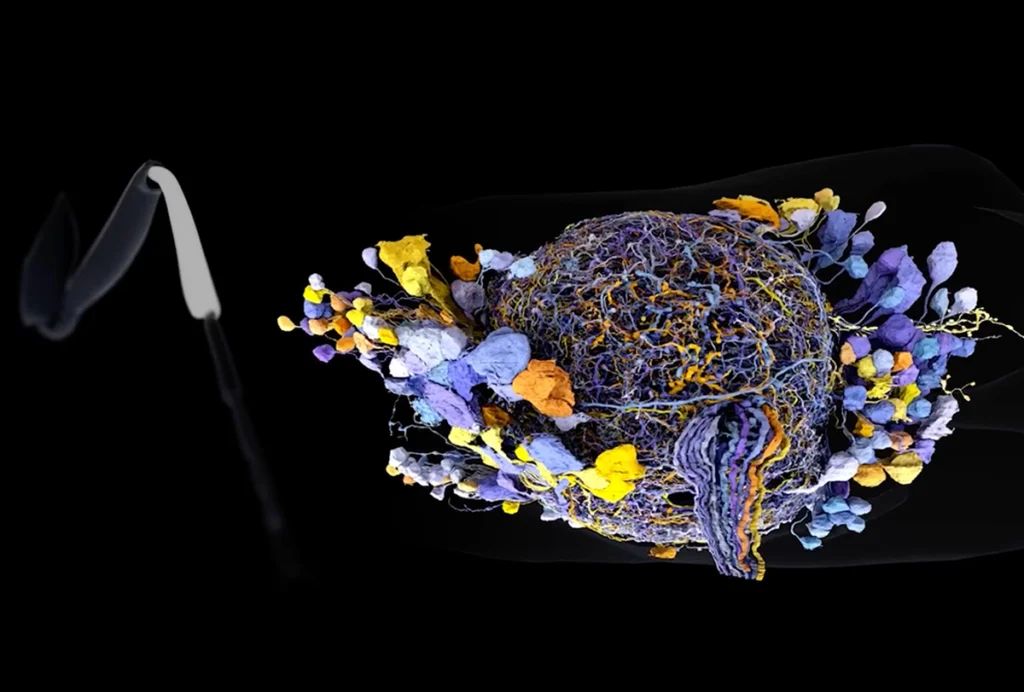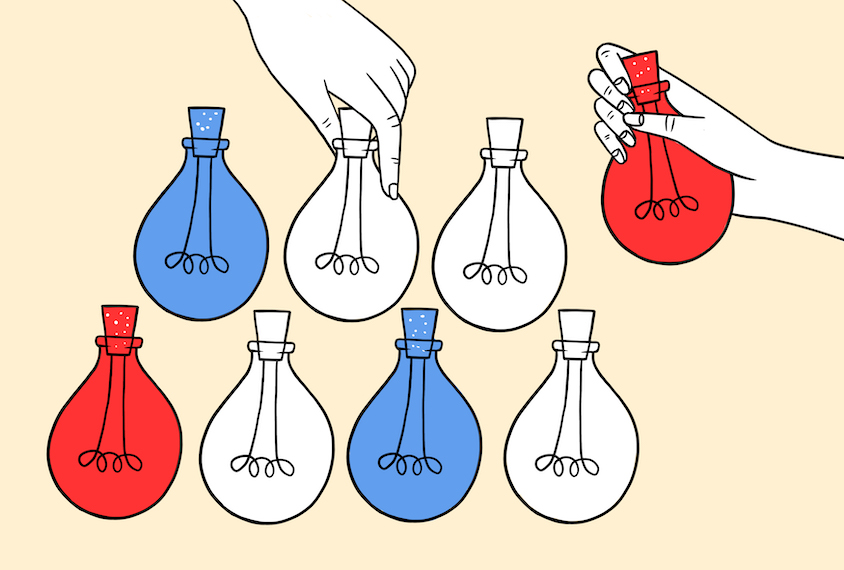Laura Dattaro was a senior reporter at Spectrum from 2020 to 2023, where she covered genetics, mental health, public policy and other areas of autism research. She proposed and wrote the Null and Noteworthy newsletter, a monthly recap of studies with null results and replications. Dattaro has worked as a science journalist and editor for more than 10 years and has written for the Columbia Journalism Review, Popular Mechanics, Slate and The New York Times, among other publications. Before joining Spectrum, she also worked as associate producer for the World Science Festival. Dattaro has an M.A. in science and health journalism from Columbia University and a B.A. in English and music from the University of Delaware. You can find her on Twitter at @LauraLauraDat.

Laura Dattaro
Contributing writer
From this contributor
New connectomes fly beyond the brain
Researchers are mapping the neurons in Drosophila’s ventral nerve cord, where the central nervous system meets the rest of the body.
‘SNAP’ dance of astrocytes and neurons falls out of step with age, disease
The findings add to growing evidence that astrocytes are star players in cognition.
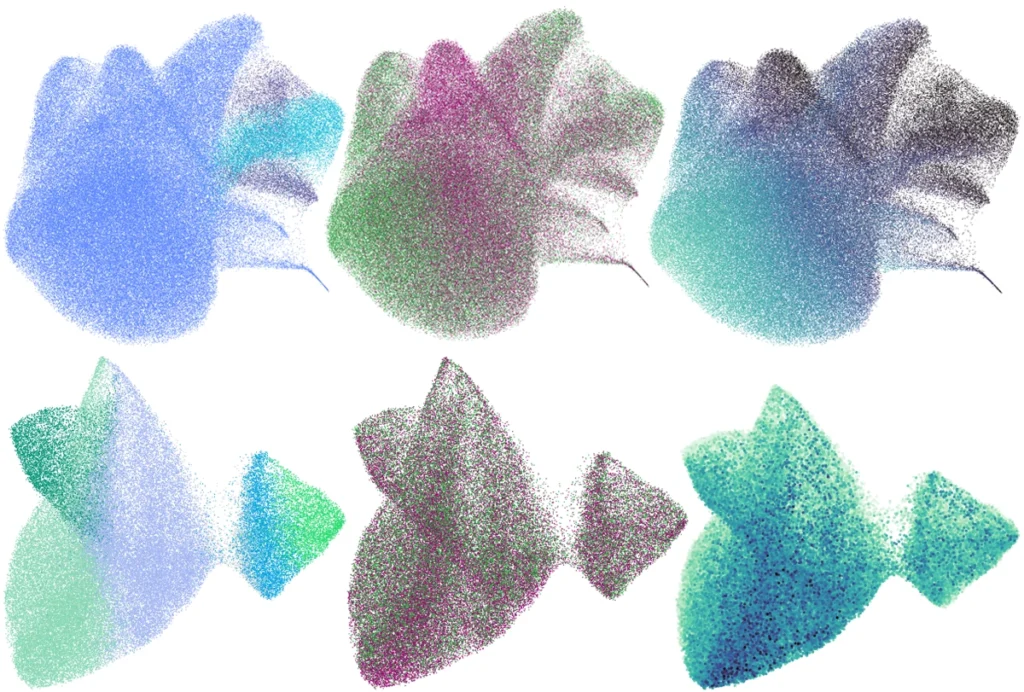
‘SNAP’ dance of astrocytes and neurons falls out of step with age, disease
Christine Wu Nordahl, doing whatever it takes to get good data
The head of the Autism Phenome Project has deepened the pool of study participants and helped overhaul the culture of the MIND Institute.

Christine Wu Nordahl, doing whatever it takes to get good data
The true meaning of a null result
This edition of Null and Noteworthy highlights results that reveal the difficulty in drawing definitive conclusions from data, including new findings about epidurals that contradict several others and an apparent null result on sex differences that may derive from “circular logic.”
Full connectome of adult fruit fly completed, with help from citizen scientists
The map, by far the largest one of an entire brain to date, contains 130,000 neurons and 53 million synapses.
Full connectome of adult fruit fly completed, with help from citizen scientists
Explore more from The Transmitter
Building an autism research registry: Q&A with Tony Charman
A purpose-built database of participants who have shared genomic and behavioral data could give clinical trials a boost, Charman says.
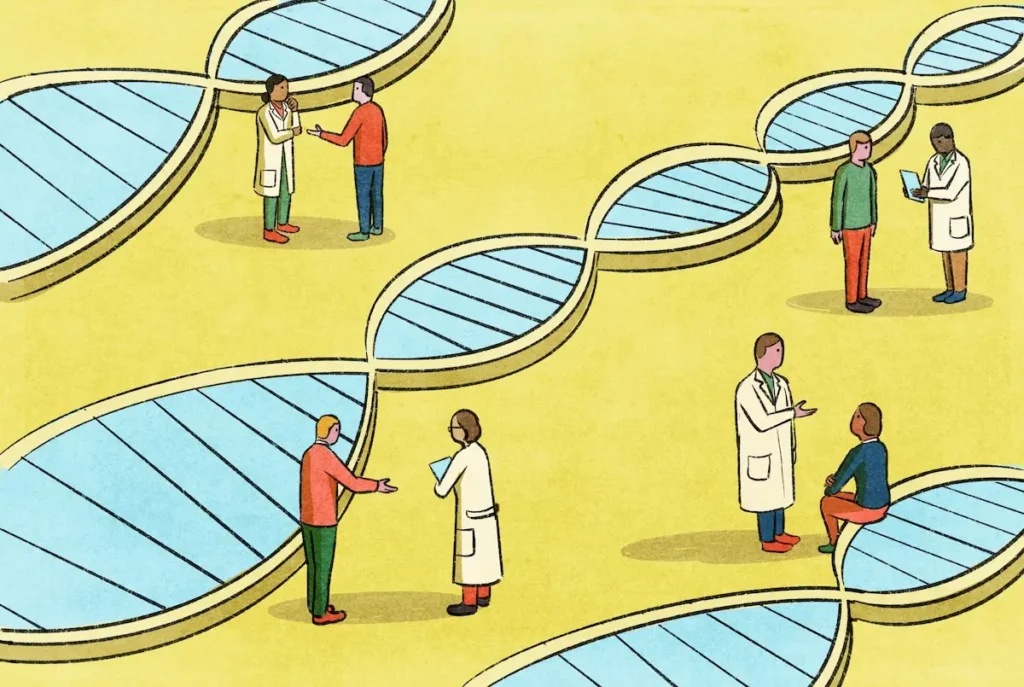
Building an autism research registry: Q&A with Tony Charman
A purpose-built database of participants who have shared genomic and behavioral data could give clinical trials a boost, Charman says.
Cerebellar circuit may convert expected pain relief into real thing
The newly identified circuit taps into the brain’s opioid system to provide a top-down form of pain relief.
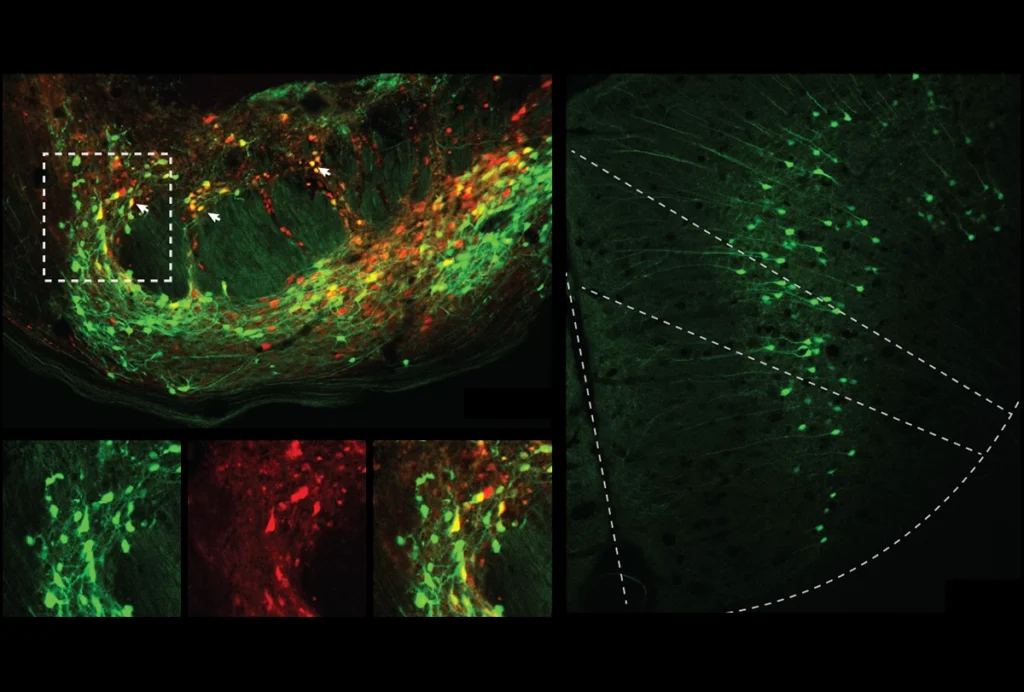
Cerebellar circuit may convert expected pain relief into real thing
The newly identified circuit taps into the brain’s opioid system to provide a top-down form of pain relief.
New ‘decoder’ tool translates functional neuroimaging terms across labs
The compendium of brain-parcellation atlases makes it possible to compare large-scale network data, which often involves different and overlapping network names.
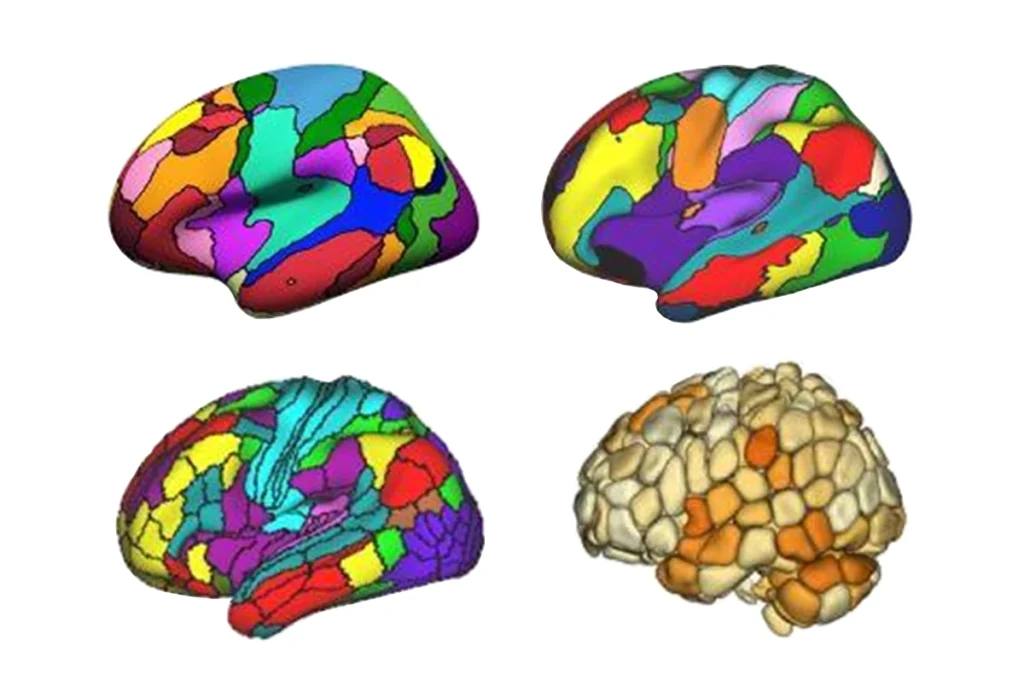
New ‘decoder’ tool translates functional neuroimaging terms across labs
The compendium of brain-parcellation atlases makes it possible to compare large-scale network data, which often involves different and overlapping network names.
